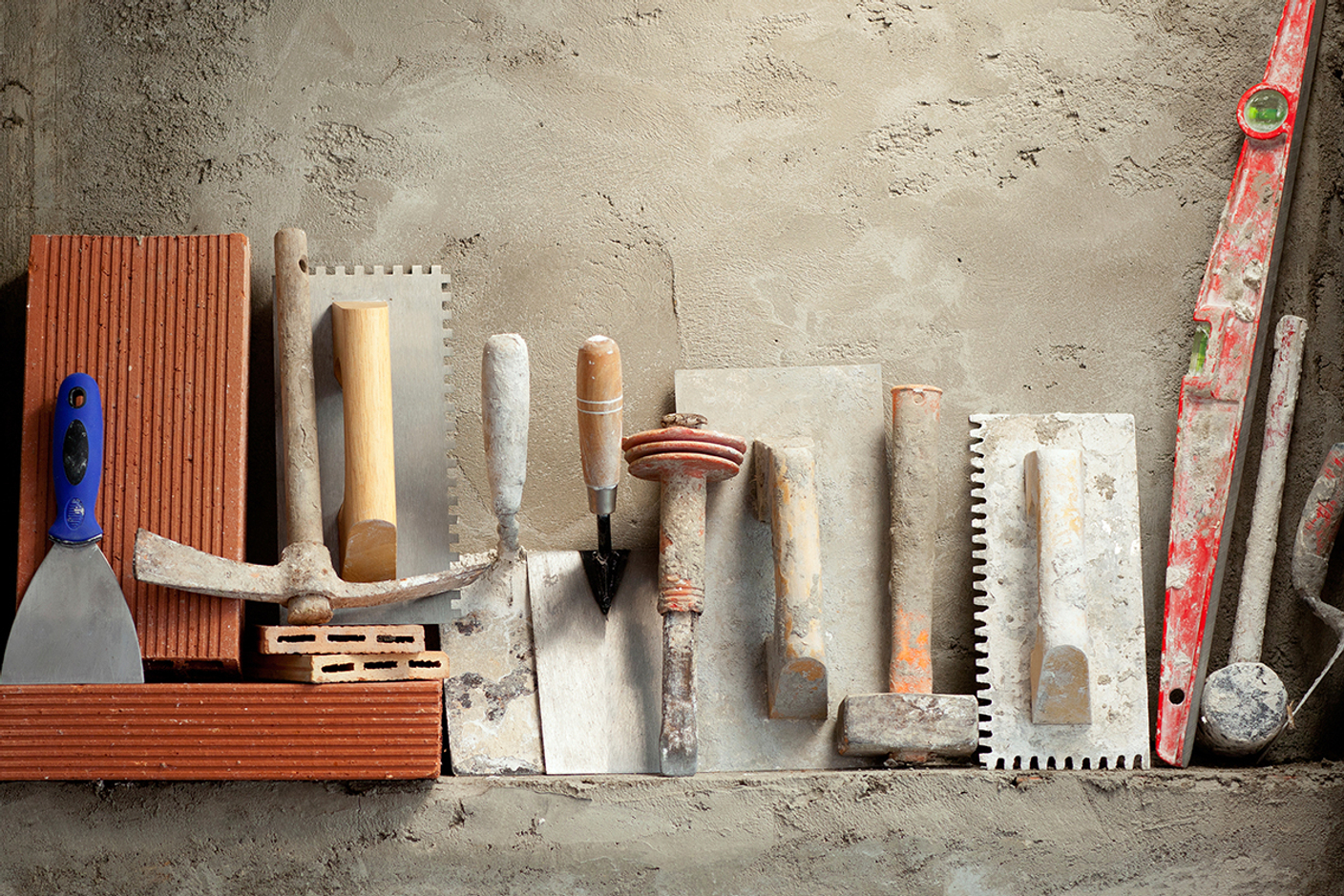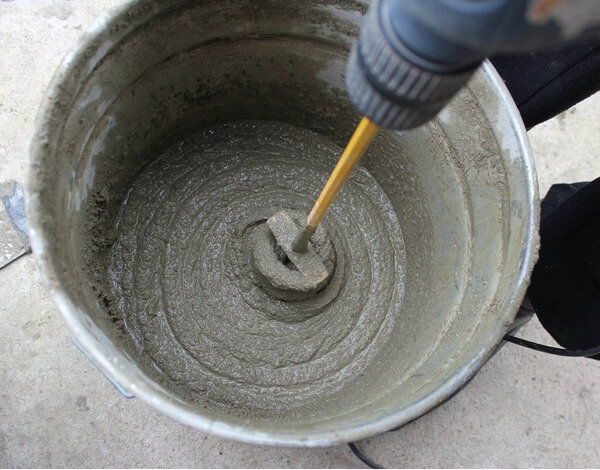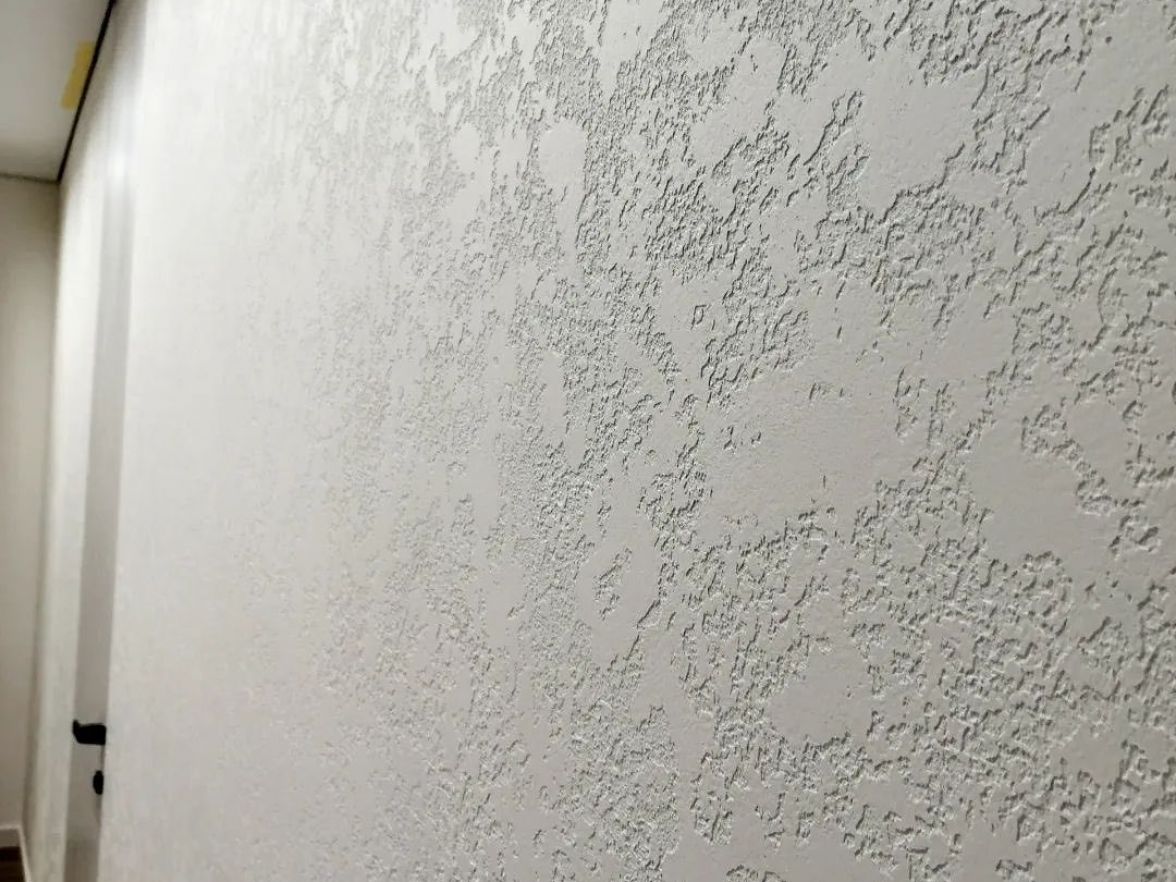When carrying out major repairs, the need to plaster the surface of the walls is obvious. This is the only way to remove imperfections and make it perfectly aligned and smooth. Many people are interested in how possible it is to carry out such work on their own and what is needed for this.
Plastering walls with your own hands: preparing tools

If you wish and have certain tools and skills, this process will not be particularly difficult even for a non-professional. In fact, plastering surfaces consists of three main stages - cleaning and applying a primer to the walls, applying a solution with uniform distribution, and grouting.
As for the tools, plastering a wall with your own hands requires the following:
- putty coating solution;
- primer;
- beacons - in cases where you need to radically level the surface;
- rule with handles;
- bubble format level;
- trowel;
- bucket for solution;
- spatula with a wide working part;
- roller or paint brush;
- protective gloves.
Much attention is paid to the solution used in the work. Its choice depends on the specifics of the material from which the walls are built.
Do-it-yourself mortar for plastering walls

All mixtures used in the work are conventionally divided into two large groups - leveling and decorative. In the first case, they are used to cover cracks, gaps and to level walls. Typically, such plaster should be applied as a base for painting or wallpapering. Doing decorative plaster on the walls with your own hands is one of the finishing options.
You can purchase such mixtures in ready-made form, focusing on their basic composition. The following options are available to users:
- cement - needed to obtain a more durable finish, characterized by good hiding power, efficiency and versatility;
- cement-lime – contain cement, lime, sand, have excellent adhesion, ductility, moisture resistance, strength, and are not affected by moisture and fungus;
- gypsum - using a mixture of this type is recommended for interior decoration; the composition contains dried and crushed natural stone.
Textured plaster is very popular among consumers, the application of which does not require careful leveling of the surface. The specifics of its use involve several basic steps.
Do-it-yourself decorative plaster of walls: description of the process

First step. Prime the walls in two stages, waiting for them to dry completely.
Second step. Applying a substrate - the main layer of material. The work uses a trowel to throw the mortar onto the wall, after which the material is leveled with a spatula. It is also possible to throw directly from a spatula with subsequent surface treatment. Movements must be carried out in different directions.
Third step. Creating a drawing. Finishing with decorative plaster involves the use of various available tools. This can be a boisette or a trowel - to create the texture of wood. A sponge creates patterned lace, a tampon creates butterfly wings, and a soft spatula gives the illusion of compressed fabric. By moving the trowel in a circle, you can get “winter” ornaments. A regular broom will create a spray of fine grains.
Fourth step. Cleaning with sandpaper, priming and painting with wax or special impregnations. Work of such a plan is carried out no earlier than 24 hours after plastering.
You can prepare a mixture for plastering walls yourself by mixing classic ingredients in the form of sand, water and cement. But if you want to get decorative wall decoration, you need to buy ready-made dry mixtures from quality manufacturers. The effectiveness of the work in this case directly depends on their composition, which necessarily contains fillers, binders and solvents.

















